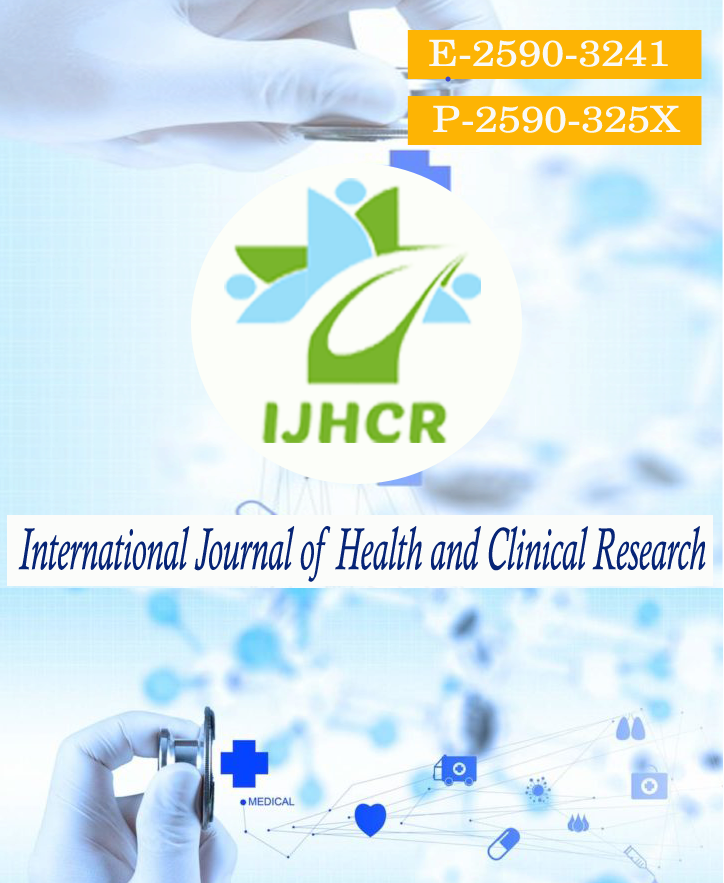Epidemiology and risk factor of hepatitis C virus infection seen in a study conducted in tertiary care hospital in Haryana
Keywords:
Epidemiology, Hepatitis C, Infection.Abstract
Background: Hepatitis C virus (HCV) is a leading cause of chronic liver disease (CLD) that can progress to cirrhosis and hepatocellular carcinoma. The purpose of this study was to describe the epidemiology and risk factor of hepatitis c virus infection in Haryana. Methods: One hundred (100) HCV ribonucleic acid-positive patients were included in the study. The relevant data (personal information, clinical details and history of risk factors) of the patients was collected. Results: In this study we found age of the study population ranged from 18 to 77 years with mean age as 44.97 years. The maximum number of patients belonged to 31-40 age group. Maximum number of patients belonged to Rohtak district followed by patients from Jind and Panipat. Maximum number of patients were asymptomatic i.e. 80 (80%) and history of injection from a local RMP is the predominant risk factor for acquiring HCV infection. Conclusion: From the study we concluded that HCV infection is more common in the young males belonging to rural areas. The study found that the major mode of HCV transmission was injection with unsterilized needles or re-usage of needles. So, organising public awareness and health education campaigns targeting healthcare providers, private practitioners, and the general population is the need of hour.
Downloads
Published
How to Cite
Issue
Section
License
Copyright (c) 2022 Pushkar, Aashana, Paramjeet Singh Gill, Aparna Yadav, Jugal Kishore

This work is licensed under a Creative Commons Attribution 4.0 International License.






 All articles published in International Journal of Health and Clinical Research are licensed under a
All articles published in International Journal of Health and Clinical Research are licensed under a 